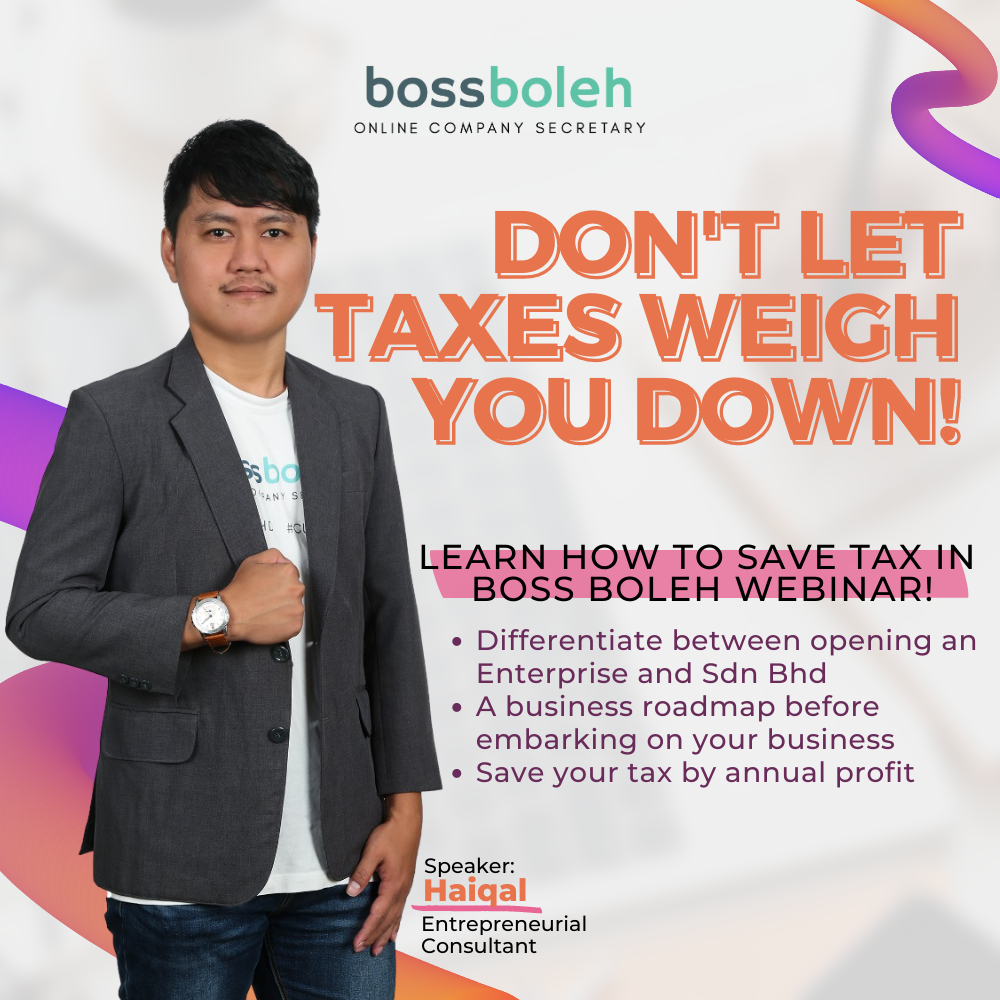The examples used here are simplified to help understand the concept. Such structures are complex and it is recommended to seek professional advise.
Boss Boleh Cloud Company Secretary
You probably tried searching about this within the Malaysia context and have found very little to almost no explanation on how this can be achieved. That’s because the system in Malaysia does not yet support this kind of structure (but there are ways to achieve something similar).
Terminologies that are commonly found in Silicon Valley, US-based startups:
- Vested Shares
- Vesting Schedule / Vesting Period
- Unvested Shares
- Cliff Period
A similar option can be achieved through 2 methods. But, before we go into how to achieve it, we need to understand what is Vested Shares.
What is Vested Shares ?
Vested shares are shares that you own across the duration of a Vesting period (either gradually or per agreement). It is also common to have a Cliff period (commonly 1 year or per agreed timeline) which means you only start having such shares after a certain period.
Some common answers for better understanding:
- If you leave before the Cliff period ends, you get no shares
- If you leave half way through the vesting period, all Unvested Shares are forfeited
- Vested shares cannot be forfeited or “clawback”, it’s already yours
Option 1. Upfront Issuance of Shares (aka “Reverse Vesting”)
You can issue ordinary shares to the founders at the beginning and have a Vesting Agreement that is structured out with the conditions to emulate a vesting period. In a simple example, 1 founder owns 20% shares (assuming its 100 share units out of a total of 500 share units) with the condition of 1 year “cliff period” and 4 years “vesting period”
Quick take away:
- The founder has 100 share units to start with. It’s already at 20% shareholding with a Vesting Agreement in place.
- The founder is entitled to 25 share units as “Vested Shares” each year.
- If founder leaves within 1 year, all 100 shares must be transferred back.
- If founder leaves in the 2nd year, the remaining 75 shares must be transferred back.
Option 2. Employee Share Option Scheme (ESO or ESOS)
Employee Share Option (ESO) is where employees / founders are given Stock Options. This means when an employee exercises their stock option, they can purchase shares at a pre-agreed price (usually lower than market price). In a simple example, 1 founder may hold 100% shares (assuming its a total of 100 share units with a value of RM 1 per share) so it’s worth RM 100 in total.
Quick take away:
- The co-founder has Stock Option to purchase up to 10% (which is 10 share units at RM 1 per share)
- The startup has successfully raised some funding and is now worth RM 1,000 (valued at RM 10 per share)
- The co-founder can exercise the option to purchase 10% shares with RM 10 (valued at RM 1 per share) instead of RM 100 (valued at RM 10 per share)
Conclusion
This is a subject that can be very complex in nature. The following questions may come to your mind:
- Which option is best for my company / startup ?
- In Reverse Vesting, since shares are issued upfront, what if founder just run away with it ?
- In ESOS, how long can the stock option be held and can they sell the stock option ?
- and more
As the questions of concern can grow to a long list, it is always best to consult professionals.
A company must start with 100% shareholding and additional Shareholders Agreements, Vesting Agreements, etc can supplement such structures.
In case you’re wondering how much does it all cost ? As a general rule, the more complex it is, the more it may cost. So it is still recommended to go with a standard set up following Malaysia’s structure that is already in place.
Want to know more about starting a Sdn Bhd? What’s the best way to start one, and what should you be mindful of? Register and find out in our upcoming webinar!


Are you ready to form your Sdn Bhd with Malaysia’s #1 award-winning Online Company Secretary? Contact us now via WhatsApp @018-767 8055

 1,000+ reviews with a 4.9-star rating on
1,000+ reviews with a 4.9-star rating on



